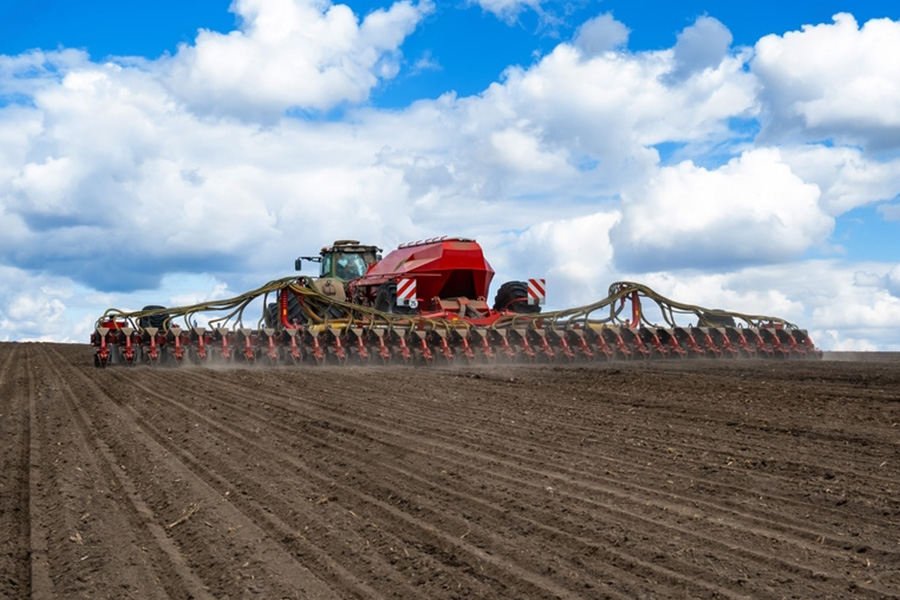When it comes to crop production, seeders play a crucial role in ensuring efficient and accurate seed placement. In this blog post, we will delve into the two main types used for efficient planting– mechanical seeders and vacuum seeders – and discuss their features, advantages, and considerations. By understanding the options available, farmers can make informed decisions and optimize their planting methods.
Mechanical Seeders
Mechanical seeders are affordable options that are either pushed by hand or mounted on a tractor tool bar, allowing for multiple rows on a bed. Popular models in the market include the Cole Planet Jr. and Jang seeders.
Key Features
- Affordable price range: Typically priced between $750 to $1000 each.
- Versatility: Works well with various seed sizes and shapes.
Considerations
- Seed placement accuracy: While effective, mechanical seeders could benefit from improved precision in seed placement or seed counts per foot.
Vacuum Seeders
Vacuum seeders offer precise seed placement, making them ideal for meticulous planting requirements. However, they come with a higher price tag and require operation on a tractor.
Key Features
- Accuracy: These provide high precision and control during seed placement.
- Limited seed use: Compared to the cheaper ones, vacuum seeders have lower seed consumption per acre.
Considerations
- Higher cost: Complete setups for vacuum seeders can range from $5000 to $15,000.
- Tractor operation: Requires a tractor for operation, limiting flexibility compared to handheld seeders.
Calculating Seed Quantities for Direct Sowing
When direct seed sowing, it is essential to calculate the appropriate seed quantities based on the desired plant density. Depending on the seeder type and seed emergence percentage, it is recommended to use a multiplier between 1.25x and 5x. For example, if a standard acre requires 17,424 healthy and viable transplants, multiplying this number by 2x would result in a seed count of 34,848 seeds per acre.
Direct Sowing Considerations
While direct sowing offers convenience and cost savings, certain factors should be considered before employing this method. For auto-flowering crops, direct seeding extends the field growing time by approximately two weeks compared to normal auto-flowering crops. If your system is designed for quick turnover or involves multiple successions in the same ground, alternative planting methods may be more suitable.
Photoperiod cannabis planting densities are generally between ⅓ and ⅛ of auto flowers. This class of plants can be direct sown by hand, considering the lower number of plants required per acre. However, the decision to direct sow or opt for greenhouse germination depends on factors such as market price, labor costs, and seed availability.
Seeders play a vital role in efficient and precise planting. From affordable mechanical seeders to precise vacuum seeders, farmers have a range of options to choose from based on their specific needs and budget. By understanding the features, advantages, and considerations of different seeders, farmers can make informed decisions to optimize their planting methods and increase overall productivity on their farms.
